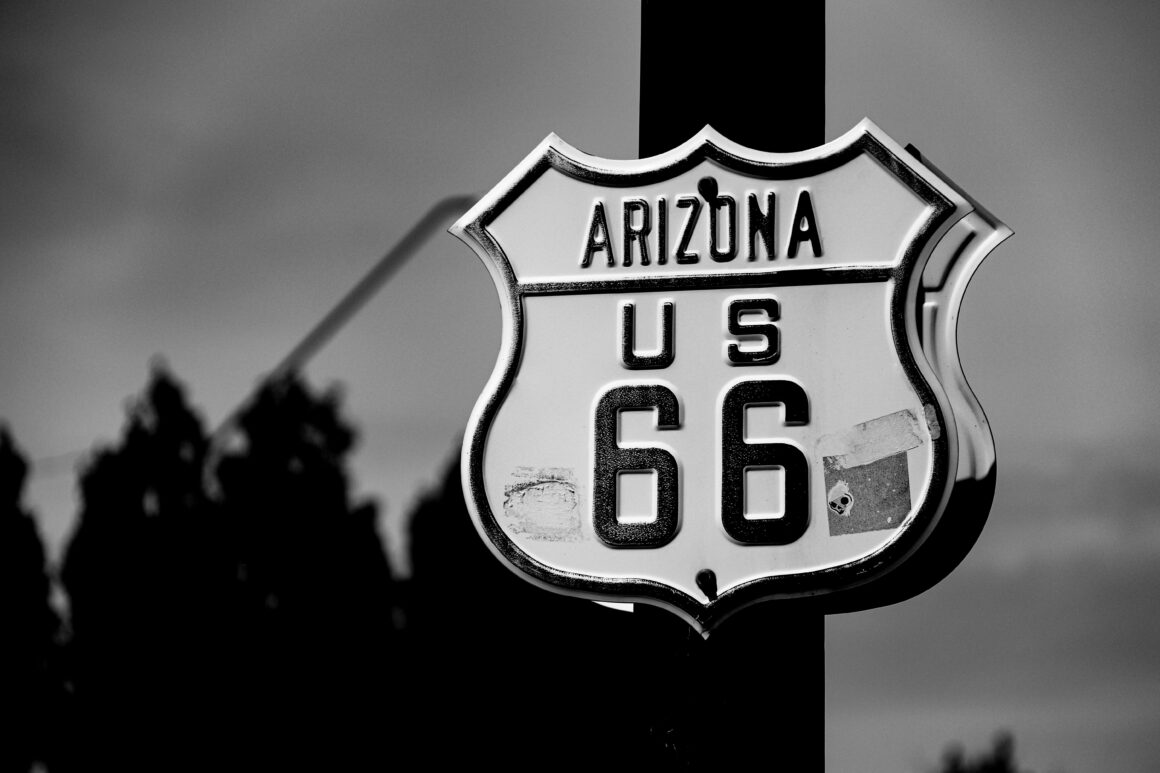Sorry pre-human times: we’ve broken your carbon emissions record.

As of Saturday, the Mauna Loa Observatory showed that our emissions have generated over 415 parts per million of carbon. This record high emissions total has not been hit for over 3 million years and shows that we’ve now entered into an entirely new plane of our climate change fight.
415. You might think to yourself that that is not a very big percentage. After all, that’s only 415 parts of carbon dioxide per 1 million molecules in the air. That means carbon dioxide emissions don’t even manage to take up anywhere near 1% of the entire air supply. But that doesn’t mean that it’s okay to take a breather. In fact, 415 is the number climate scientists everywhere have dreaded reaching.

In 6th grade, my teacher sat us all down in a room and turned on a documentary titled 6 Degrees. This film explored the impacts of every degree of warming that would continue to follow in the years to come, from 1 degree to 6 degrees. Our class watched as cities, from Venice to New York City, were flooded and drowned. We watched as fires rampaged through the forests and as the coral reefs shrunk and died.
Here’s the issue with hitting 415. This means that Earth’s temperature has warmed one degree. Climate activists from around the world have commented for years on what one degree of warming will do, and now, by hitting 415, we’ve managed to hit both a one-degree warming mark and make Earth the hottest it has been in over 3 million years. Humans have never experienced this before, and prior to the industrial revolution, our emissions level has never even surpassed 300.
Atmospheric CO2 levels have now reached 415 ppm. The last time humans experienced levels this high was… never. Human didn't exist.#climatecrisis #climatechange pic.twitter.com/xtRSF2ScGC
— Peter Gleick ?? (@PeterGleick) May 13, 2019
Carbon dioxide is a heat trapper. This means that right now, lots of extra heat is being trapped up in the air, and that extra heat builds up the temperature within our atmosphere. 6 Degrees is starting to turn from on-screen into reality. Great Thunberg, the acclaimed climate activist, has quoted that “it is the people who have done the least to cause climate breakdown who are hit the hardest,” several times as she cites flooding in Mozambique, India, and other countries. That is wrapped up with extreme heat in Africa, and natural disasters in developed countries, such as the California wildfires and hurricanes hitting the US. And, since a couple of years ago, climate change has been scientifically attributed to these natural disasters, among others.

The worst part about hitting 415 is that this is just the start of something much worse. Scientists predict that this milestone could allow us to hit carbon levels matchable to those 56 million years ago. For context, that is only 10 years after the dinosaurs. But that is still unavoidable. 415 is the start, but it can also be the end.
Over the last year, Climate Change has gained traction, especially among the youth. Thunberg has been at the head of it all, organizing School Strikes for the Future. Her movement has sparked several other leaders in the field, many of which have amassed a large following for themselves. Apart from that, many people recommend recycling, using reusable water bottles and utensils, and fully cutting out or heavily reducing meat intake. With a global effort, climate change can be prevented.
So we can ignore 415 again, just as we have brushed off disasters in both developed and undeveloped countries. We can say that it is less than a percent and that this emissions level is nothing. Or, we can take 415 as something bigger. A mission that all of us can undertake. Small things make large impacts. I say we choose to take the latter.
Featured Image via Jay Mantri




